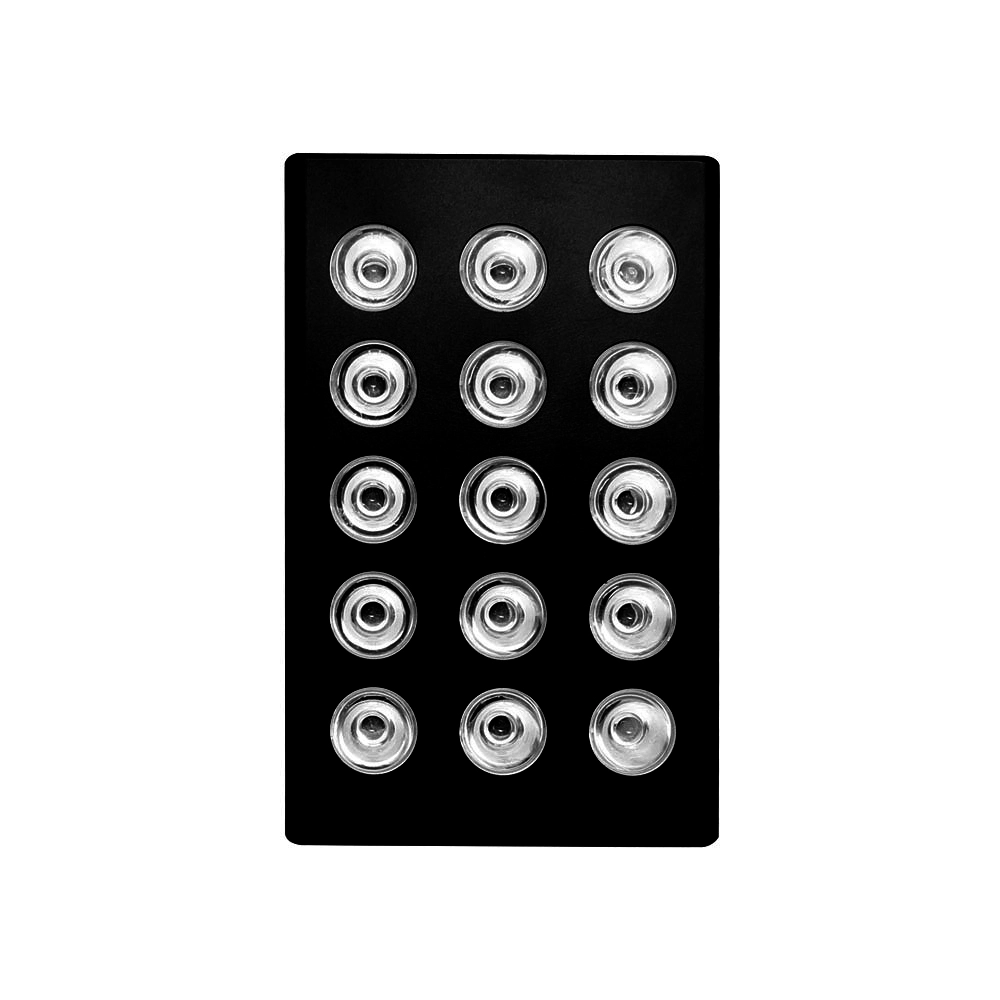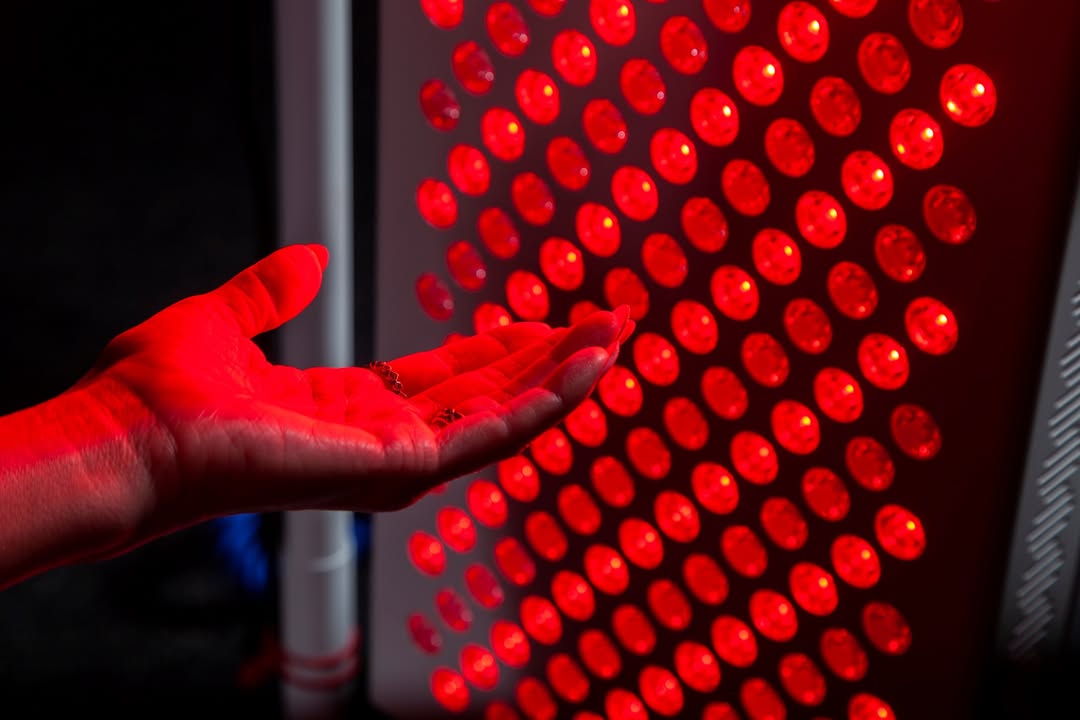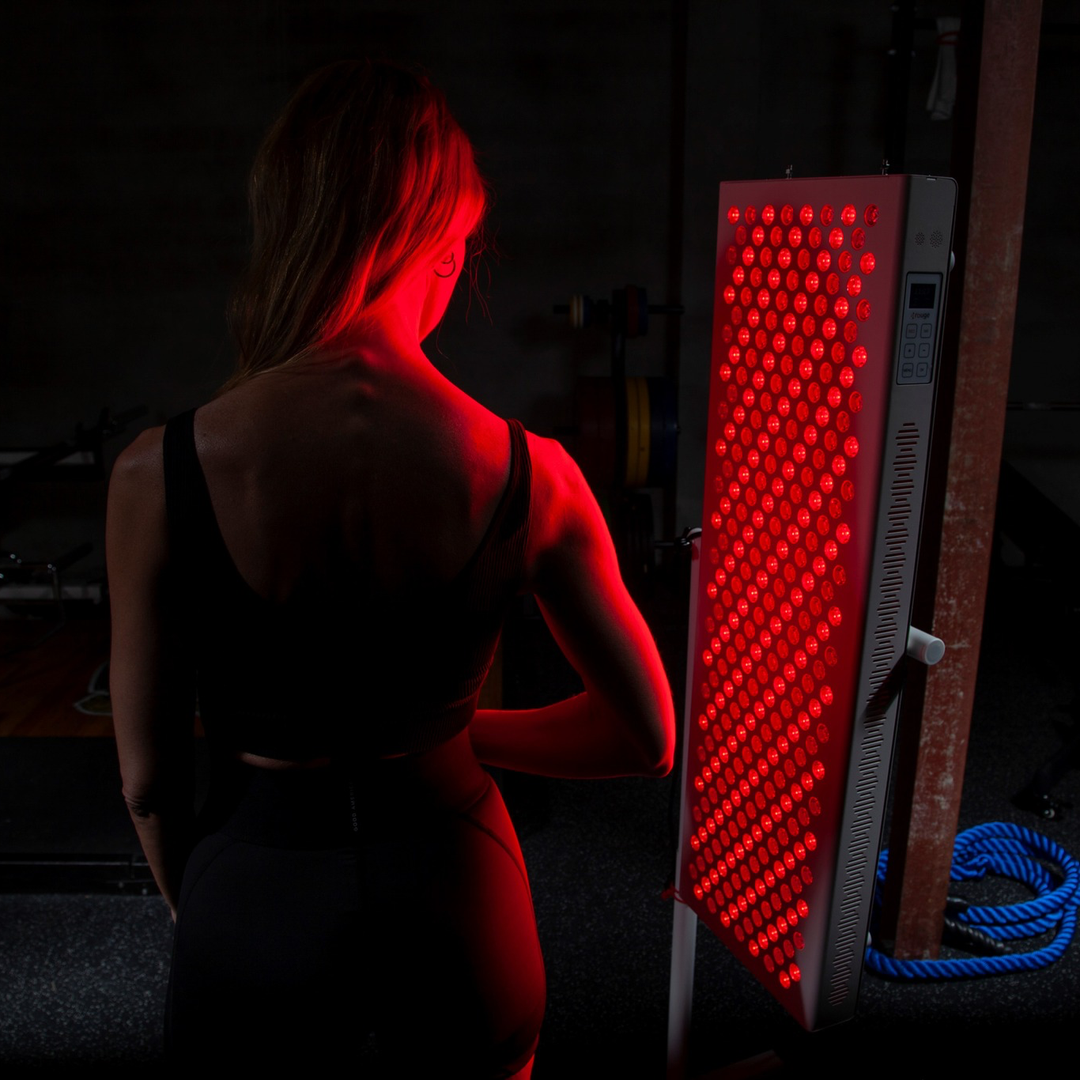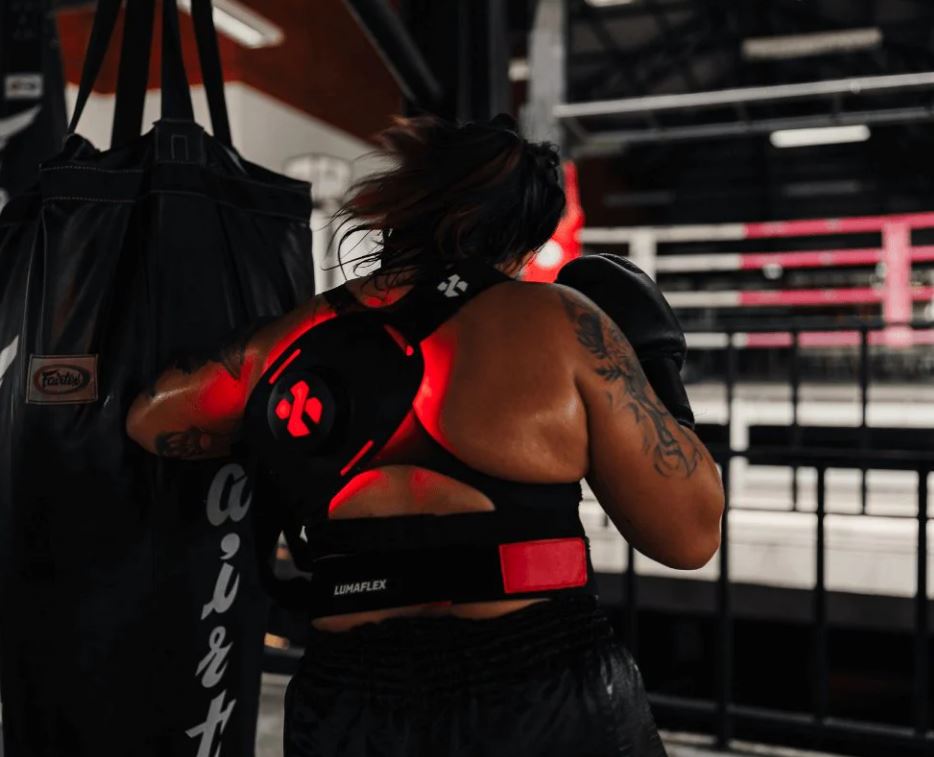![]() Free Shipping
Free Shipping ![]() Buy Now, Pay Later
Buy Now, Pay Later ![]() Eligible
Eligible
Red Light Therapy for Lichen Sclerosus: A Soothing Ray of Hope
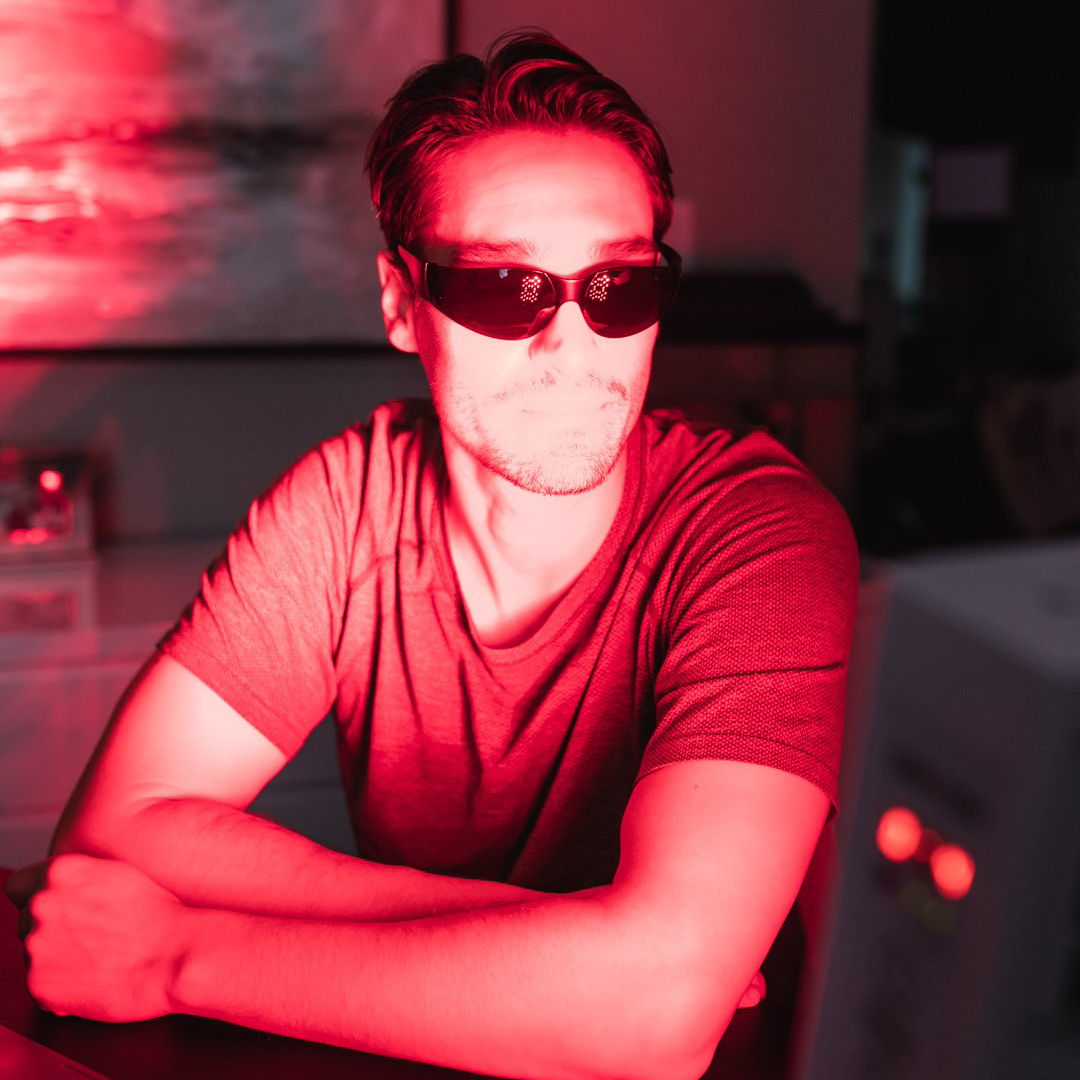
Lichen Sclerosus (LS) is a chronic, inflammatory skin condition that primarily affects the genital and anal areas. It can cause intense itching, pain, white patches, and skin thinning. For many, it’s a condition managed over a lifetime with topical corticosteroids, which, while effective for many, don’t work for everyone and can have side effects with long-term use.
This has led patients and clinicians alike to seek out supportive and alternative therapies. One of the most promising emerging treatments is Red Light Therapy (RLT), also known as photobiomodulation (PBM).
A Patient’s Perspective: *”After years of struggling with the relentless itch and discomfort, I felt I had tried everything. Red light therapy was the first thing that gave me consistent relief without any side effects.” – Sarah, diagnosed with LS in 2018.*
What is Red Light Therapy? Shedding Light on the Science
Red Light Therapy is a non-invasive treatment that uses specific wavelengths of red and near-infrared light to penetrate the skin. Unlike UV light, which can damage DNA, this therapeutic light energy is absorbed by the mitochondria in our cells—often called the “powerhouses of the cell.”
This absorption kicks off a powerful biological cascade:
- Boosted Cellular Energy (ATP): The light stimulates the mitochondria to produce more adenosine triphosphate (ATP), the primary fuel for cellular processes.
- Reduced Inflammation: It helps modulate the body’s immune response, calming inflammation at a cellular level.
- Enhanced Blood Flow: It promotes the formation of new capillaries, improving circulation and delivering more oxygen and nutrients to the affected tissues.
- Stimulated Tissue Repair: By energizing cells, RLT accelerates the repair and regeneration of skin and connective tissues.
The Direct Benefits of Red Light Therapy for Lichen Sclerosus
So, how does this cellular-level activity translate into relief for LS symptoms? The mechanisms of RLT directly target the core pathologies of Lichen Sclerosus.
1. Calming Inflammation and Relieving Itch
Chronic inflammation is a hallmark of LS. By reducing pro-inflammatory cytokines and calming the overactive immune response in the skin, RLT can provide significant relief from the debilitating itching and burning sensations.
2. Promoting Skin Repair and Reducing Scarring
LS can cause fragile, easily torn skin and scarring (atrophy). The increased collagen and elastin production stimulated by RLT helps to strengthen the dermal structure, improve skin elasticity, and heal fissures and tears more effectively.
3. Improving Blood Flow to Affected Areas
Poor microcirculation can exacerbate LS symptoms. The enhanced blood flow from RLT ensures that starved tissues receive the oxygen and nutrients they need to heal, while also carrying away waste products that can contribute to inflammation.
Red Light Therapy vs. Traditional Lichen Sclerosus Treatments
It’s crucial to understand that Red Light Therapy is best used as a complementary therapy, not a replacement for your doctor’s prescribed treatments. The following table outlines how it compares.
| Treatment Modality | How It Works | Pros | Cons | Role of RLT |
|---|---|---|---|---|
| Topical Corticosteroids (e.g., Clobetasol) | Suppresses local immune response to reduce inflammation. | Highly effective for most; gold standard treatment. | Potential for skin thinning with long-term use; can lose efficacy. | Complementary: Can help manage symptoms between applications, potentially reduce steroid dependence, and counteract skin thinning. |
| Topical Calcineurin Inhibitors | Suppresses T-cell activity. | Does not cause skin thinning. | Burning sensation upon application; black box warning. | Symptom Support: May help soothe the skin and reduce overall inflammation, lessening discomfort. |
| Systemic Immunosuppressants | Suppresses the entire immune system. | For severe, unresponsive cases. | Significant systemic side effects. | Supportive Care: Can aid in local tissue healing while the systemic drug manages the overarching autoimmune component. |
Clinical Insight: “While topical steroids remain our first-line defense, I’ve been encouraged by the potential of red light therapy as an adjunct treatment. It addresses the tissue healing and inflammatory components in a way that is drug-free and well-tolerated by most patients.” – Dr. Emily Kilty, Dermatologist.
How to Use Red Light Therapy for Lichen Sclerosus
Professional vs. At-Home Devices
- Professional Treatments: Performed in a clinic or dermatologist’s office. These devices are high-powered, and treatments are administered by a professional. This is a good starting point to see how you respond.
- At-Home Devices: These include wands and panels designed for intimate use. They are less powerful but offer the convenience and cost-effectiveness of daily use. Always consult your doctor before purchasing an at-home device.
VELLGUS Elite V2
THE #1 RATED RED LIGHT DEVICE
A Typical Treatment Protocol
While protocols can vary, a common approach is:
- Frequency: 3 to 5 times per week.
- Session Length: 5 to 20 minutes per session, depending on the device’s power density.
- Distance: Hold the device 1-6 inches from the affected skin.
- Consistency is Key: Benefits are cumulative. It may take 4-8 weeks of consistent use to notice significant improvements.
Safety and Considerations: Is Red Light Therapy Safe for LS?
RLT is considered very safe with virtually no known side effects when used as directed. It is non-thermal (doesn’t heat the skin) and non-invasive. However, you should always:
- Consult Your Doctor: Before starting any new therapy, discuss it with your dermatologist or gynecologist.
- Protect Your Eyes: Never look directly into the light source. Use protective goggles if necessary.
- Manage Expectations: RLT is a management tool, not a cure. It controls symptoms and improves skin health.
Living with Lichen Sclerosus is challenging, but emerging therapies like red light therapy offer a new dimension of hope. By working at a cellular level to reduce inflammation, relieve itching, and promote the repair of damaged skin, RLT presents a safe, non-invasive, and drug-free way to complement your existing treatment plan.
If you are struggling to find relief, having a conversation with your healthcare provider about integrating red light therapy could be a illuminating step toward a more comfortable life.



